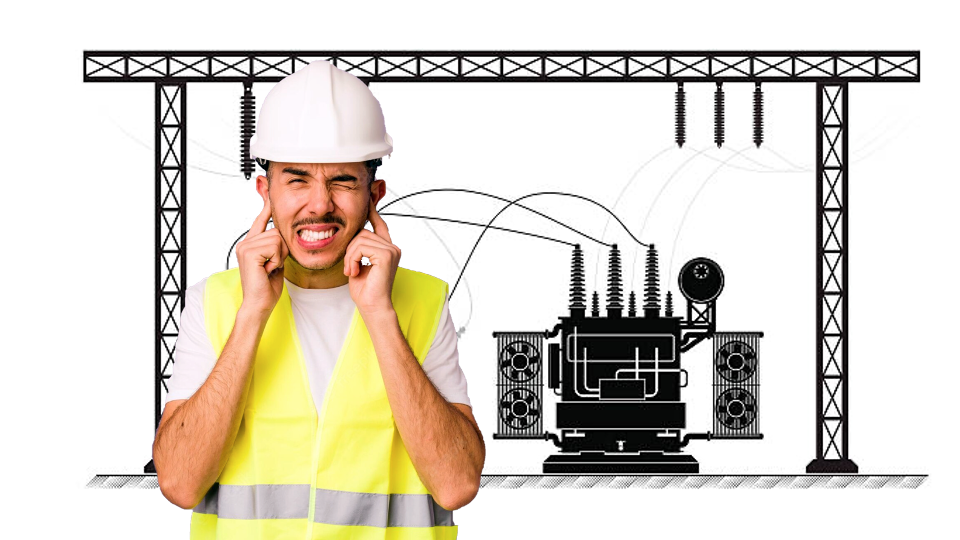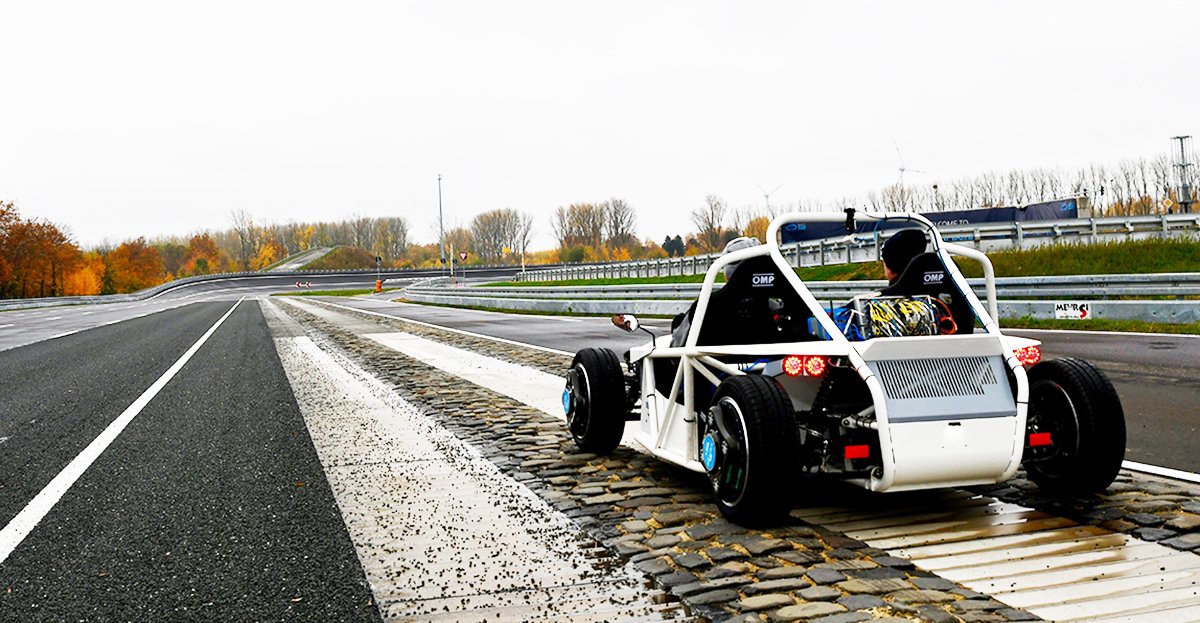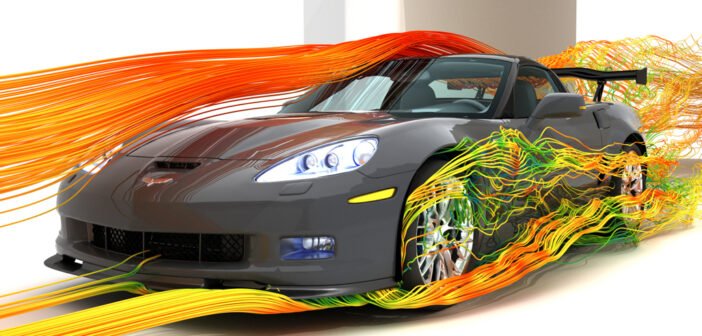The Leverage Effect: Exploring Impact FRF and Virtual Point Transformation (VPA)
In the world of engineering and product design, accurately predicting and mitigating noise, vibration, and harshness (NVH) issues is critical. Two powerful tools that engineers use to address these challenges are Impact Frequency Response Function (FRF) and Virtual Point Transformation (VPA).
Understanding NVH Prediction: The Role of Modal Analysis in the Automotive Industry
NVH (noise, vibration, and harshness) prediction is a critical process in the automotive industry to ensure customer satisfaction, safety, and compliance with regulatory requirements.
Acoustic Testing
Acoustic Testing is performed to determine if the material can resist the specified Acoustic environment. It must resist this environment without degradation of its functional performance and/or structural integrity. Acoustic Testing or Acoustic Emission Testing is the measurement of sound emissions radiating from the equipment under test. In other words, how loud is the equipment?
NVH Testing for Automotive
NVH, which stands for Noise, Vibration, and Harshness, is the study of the noise and modification vibration characteristics of vehicles and is basically a measure of how much unpleasant aural and tactile feedback the vehicles deliver as you drive. NVH testing enables early recognition of NVH phenomena, which can then be avoided early during the development stage of the powertrain. This later makes driving in the production vehicle more comfortable and serves to avoid complaints and a loss of image.
Simcenter 3D FE Model Correlation
Simcenter™ 3D FE Model Correlation provides engineers with the necessary tools to align geometric models, compare modes from different solutions, visualize mode shapes side-by-side, and calculate correlation metrics. This enables them to gain a comprehensive understanding of how closely the simulation aligns with the physical test data. By leveraging this software, engineers can confidently assess the accuracy and reliability of their simulations, thereby improving the overall design and development process.
Modal Analysis for NVH Prediction: The Role of Testing and Simulation
NVH (noise, vibration, and harshness) prediction is a critical process in the automotive industry to ensure customer satisfaction, safety, and compliance with regulatory requirements. Modal analysis is a popular technique used for NVH prediction, involving both testing and simulation. The goal of modal analysis is to measure the natural frequencies, damping ratios, and mode shapes of a structure, which can be used to identify the sources of noise and vibration and make improvements to the design. While modal analysis offers several benefits, such as cost savings and faster time to market, there are also some challenges associated with the technique, including complexity and cost. In this article, we will explore modal analysis for NVH prediction, its benefits, and its challenges.
Reducing Aircraft Noise with Innovative Performance-Enhancing Tools
Aircraft manufacturers are facing stricter regulations for aircraft emissions, including environmental noise, and increased pressure to improve cabin acoustic comfort. Vertical take-off and landing (VTOL) vehicles, currently being developed to enable urban air mobility (UAM), must also be optimized to minimize noise pollution in densely populated areas. This challenges engineering teams to efficiently troubleshoot noise issues and develop quieter aircraft designs without compromising weight and performance objectives. Simcenter™ software and hardware offer a complete solution for detailed acoustic testing and sound engineering. The solution features a number of technological advancements that help engineers perform acoustic measurements more efficiently for both exterior and interior noise.
Thermal Characterization of Complex Electronics: A Comprehensive Guide
Thermal characterization is crucial for comprehending the behavior of complex electronics. It involves analyzing and measuring heat generation, dissipation, and management. This article provides a basic overview of thermal characterization, including structure and function of electronic components, and various techniques and tools used in the field. Get a better understanding of thermal characterization and its significance in ensuring the reliability and safety of electronic components.
Thermal characterization of complex electronics: A basic primer on structure functions
The evolution of power, size, and temperature in electronics design has led to new challenges in system reliability and lifetime. In the past, overheating of critical components was the major cause of system breakdown, but today, other issues also arise. Cooling is a 3D effect, and accurate thermal characterization is necessary for optimal design. The development of thermal transient measurements has culminated in the Cauer-ladder network model and the Simcenter T3STER™ thermal transient analysis software system. Using structure functions, engineers can now identify the physical characteristics of layers and evaluate the thermal performance at the system level, from LED packages to laptops and laser printers.
What Causes The Transformer Humming?
Transformer noise is caused by a phenomenon called magnetostriction. In very simple terms this means that if a piece of magnetic sheet steel is magnetized it will extend itself. When the magnetization is taken away. It goes back to its original condition. A transformer is magnetically excited by an alternating voltage and current so that it becomes extended and contracted twice during a full cycle of magnetization.
Easy strength and Fatigue Analysis with Simcenter
Strength and fatigue analysis made easier in simulations. Templates for fatigue analysis and their strength-only counterparts are relatively recent additions to Simcenter 3D. As a result, many engineers are unaware of them or the benefits that they can bring.
The strength analysis case provides static and fatigue strength analysis for any finite element set-ups created in Simcenter 3D. It is fully integrated into finite element workflows and fatigue workflows. You can use material data from a material database (inherited from finite element analysis) or directly in the analysis case.
End-To-End Durability for Automotive
The Siemens Industry Software Simcenter engineers put the end-to-end durability solution to the test on the rough tracks of a German proving ground. The outcome is a step-by-step account of a test campaign that demonstrates the effectiveness of the solution. The story starts with a small but punchy electric sports vehicle that grew into a test vehicle for a condensed but complete durability measurement campaign.
Efficiently Finding Root Cause of Product Durability Issue
Why the prototype testing stage is critical? What will be the implication if failure occurs during the new product durability testing? In current tight competition in most of industries, such as automotive, aerospace, electronics, etc, the new product development time have been squeezed in order to reduce time to market. The need to launch specific new product exactly at specific timing is considered very crucial. The delay of mass production kick off is not only going to give impact to Sales and Marketing Division, buat also to component supply chain.
Siemens Simcenter Star-CCM+ collaborated with NVIDIA to improve the simulation
Siemens Digital Industries Software has collaborated with NVIDIA to improve computational fluid dynamics (CFD) simulation. Part of the Xcelerator portfolio of software and services, Simcenter STAR-CCM+ 2022.1 software brings CUDA-enabled GPU acceleration to deliver faster turnaround times at lower hardware investment costs to CFD simulation for design and engineering organizations.













